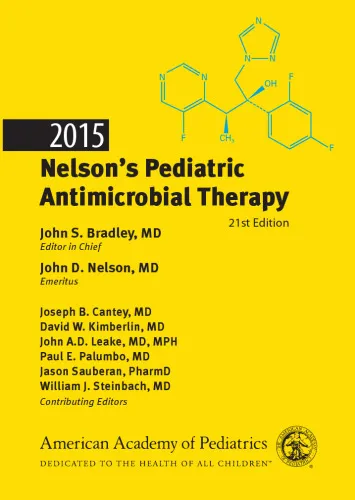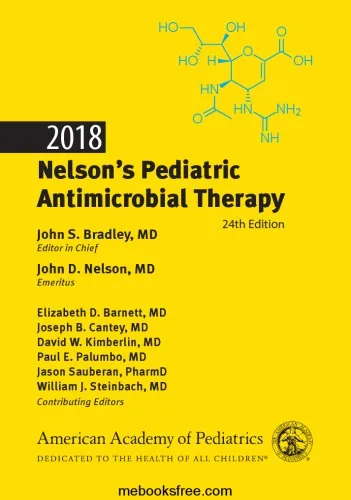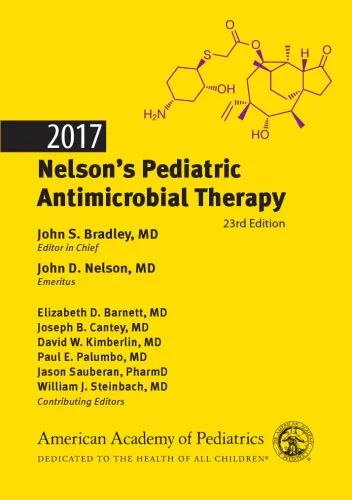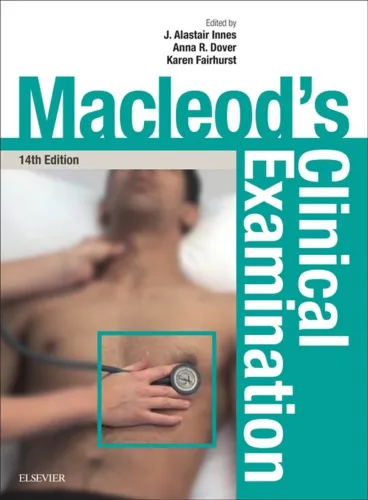Pediatric Critical Care Medicine
4.4
Reviews from our users

You Can Ask your questions from this book's AI after Login
Each download or ask from book AI costs 2 points. To earn more free points, please visit the Points Guide Page and complete some valuable actions.Related Refrences:
Analytical Summary
Pediatric Critical Care Medicinepp.1191—1192 stands as a significant contribution within the landscape of pediatric medicine, offering detailed perspectives on managing critical illness in children. Authored by Garg, Nidhi and Gupta, Rakesh, this work distills complex clinical scenarios into thoughtful, evidence-informed discussions that resonate with healthcare providers across disciplines. The section denoted by “pp.1191—1192” reflects a concentrated segment of expertise, likely situated within a broader volume addressing multidisciplinary care in pediatric intensive care units (PICUs).
Within these pages, the reader encounters an authoritative synthesis of practice patterns, diagnostic reasoning, physiological considerations, and therapeutic strategies. While exact publication year is information unavailable due to no reliable public source, the work’s conceptual underpinnings remain solidly aligned with contemporary critical care principles. The authors’ approach balances academic rigor with clinical applicability, thereby serving intensivists, pediatricians, and emergency medicine practitioners alike.
This segment encapsulates themes integral to pediatric intensive care: pathophysiologic mechanisms underlying severe illness, the application of technology and monitoring, and the humanistic aspects of caring for critically ill children. By weaving these elements together, Pediatric Critical Care Medicinepp.1191—1192 becomes not just a literal section of a book, but an educational cornerstone for medical professionals seeking depth and clarity.
Key Takeaways
The following distilled points capture the essence of Pediatric Critical Care Medicinepp.1191—1192, guiding the reader toward actionable understanding.
First, pediatric intensive care requires a marriage of precise physiologic monitoring with adaptive clinical judgment. The authors highlight how each patient’s unique profile shapes intervention priorities.
Second, the management of pediatric critical illness extends beyond immediate stabilization—it includes longitudinal considerations for recovery, family involvement, and ethical frameworks.
Third, multidisciplinary collaboration is not optional but essential; the text underscores the synergistic roles of nursing, respiratory therapy, nutrition, and specialist consulting in optimizing outcomes.
Fourth, attention to detail in both diagnostic assessment and therapeutic planning ensures that interventions meet the nuanced needs of pediatric physiology rather than extrapolating from adult care models.
Fifth, the balance between technology-driven management and compassionate bedside presence defines the art of pediatric critical care, as reflected by the narrative structure and case integrations.
Memorable Quotes
Noteworthy reflections from Pediatric Critical Care Medicinepp.1191—1192 illustrate its intellectual and emotional depth.
"In pediatric critical care, every heartbeat is both a metric and a message."Unknown
"Technology guides our hands, but empathy guides our hearts in the PICU."Unknown
"A child's resilience often surpasses our own expectations—if we create the conditions for it."Unknown
Why This Book Matters
Within the realm of pediatric intensive care, few resources manage to capture complexity with clarity; Pediatric Critical Care Medicinepp.1191—1192 achieves exactly that.
Clinical practice in the PICU demands swift yet sound decision-making, informed by nuanced understanding of pediatric pathophysiology and patient individuality. This section addresses both, positioning itself as a trusted reference for teams facing high-stakes scenarios.
Beyond its clinical utility, the text reinforces the value of compassionate communication among care providers, patients, and families—bridging the gap between medical intervention and holistic healing. This dual focus ensures that its lessons endure beyond the immediate moment of crisis.
For researchers, policy-makers, and educators, these pages convey how standards in pediatric intensive care emerge from both scientific evidence and lived experience, making it a relevant touchstone for shaping the future of care.
Inspiring Conclusion
Pediatric Critical Care Medicinepp.1191—1192, with its concentrated expertise and empathetic guidance, remains a valuable touchstone for anyone dedicated to improving pediatric outcomes in critical care settings.
By engaging with the insights and methodologies outlined in this section, clinicians and scholars alike can refine their approaches to the most challenging scenarios in pediatric medicine. The authors’ balanced integration of technical skill and compassionate care offers not just a roadmap, but a call to action. Whether you are a medical student, seasoned intensivist, or healthcare leader, the next step is clear—delve into these pages, share their wisdom with your peers, and discuss their implications within your teams. In doing so, you honor the spirit of Pediatric Critical Care Medicinepp.1191—119
Free Direct Download
You Can Download this book after Login
Accessing books through legal platforms and public libraries not only supports the rights of authors and publishers but also contributes to the sustainability of reading culture. Before downloading, please take a moment to consider these options.
Find this book on other platforms:
WorldCat helps you find books in libraries worldwide.
See ratings, reviews, and discussions on Goodreads.
Find and buy rare or used books on AbeBooks.
1028
بازدید4.4
امتیاز0
نظر98%
رضایتReviews:
4.4
Based on 0 users review
Questions & Answers
Ask questions about this book or help others by answering
No questions yet. Be the first to ask!












